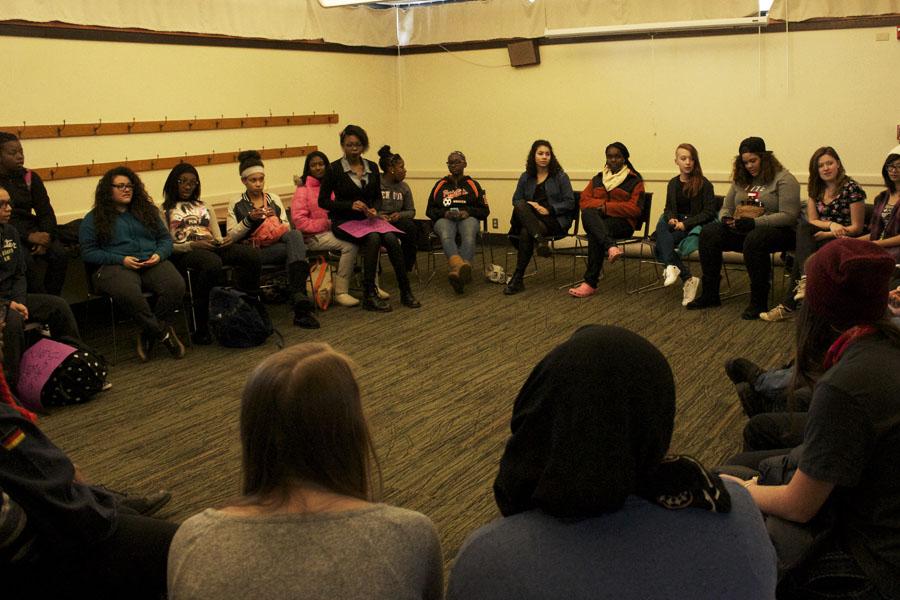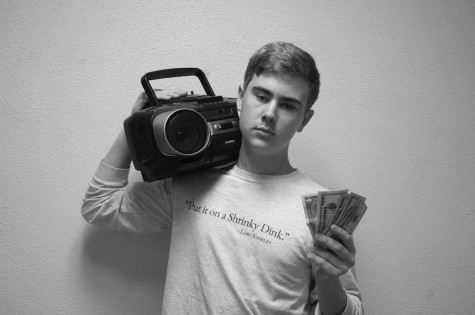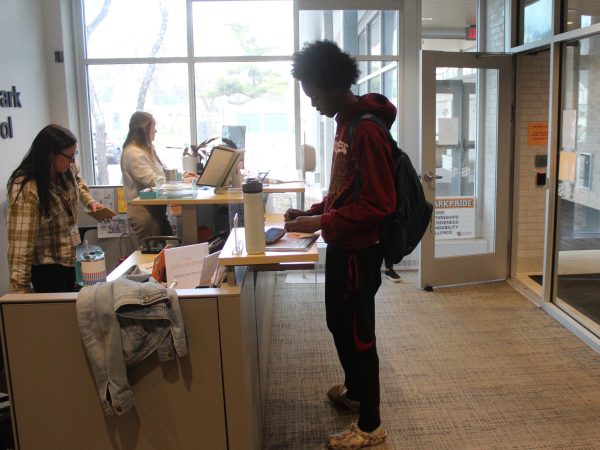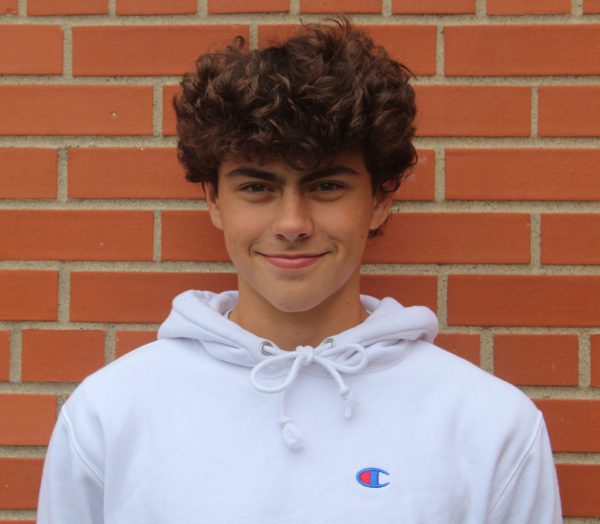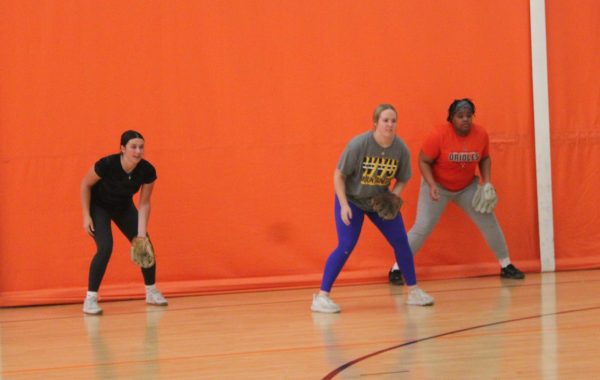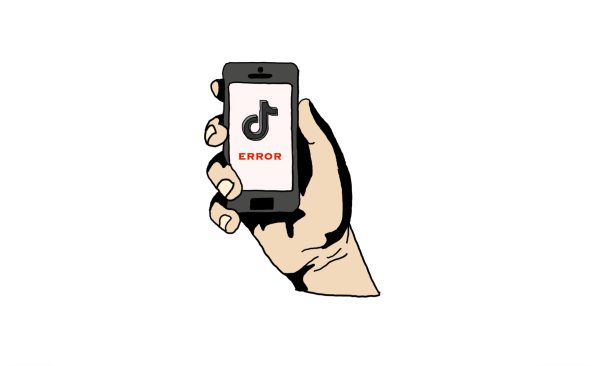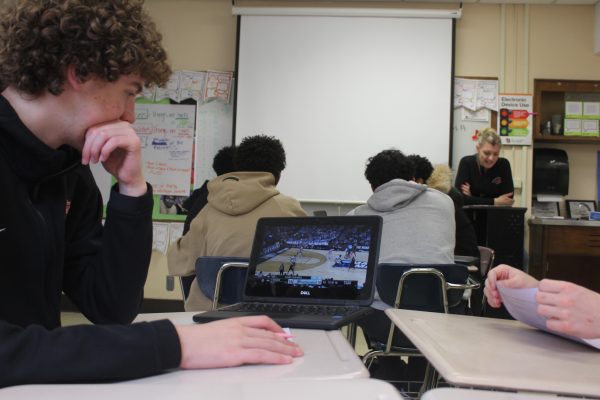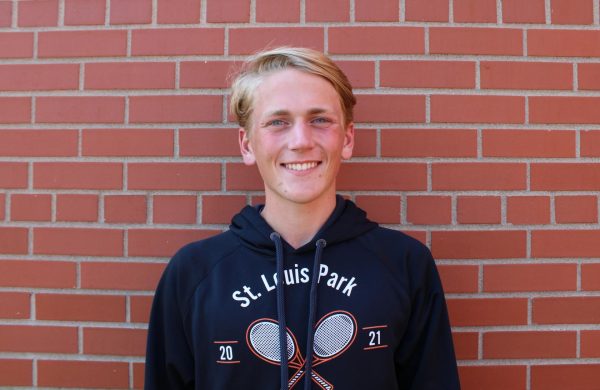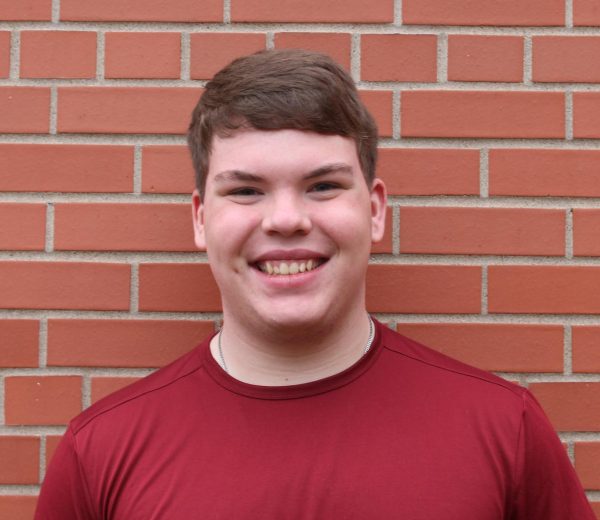Student walkout in response to Ferguson decision
At 12:01 pm Monday Dec. 1, 36 students staged a walkout in response to the Ferguson Grand Jury decision. Students chanted and held signs as they left the school building and walked to the St. Louis Park Library where they discussed the issue.
December 2, 2014
Pro: Protesting shows solidarity with victims of police brutality
Albie Sher
Individuals raising awareness for a cause they believe in benefits the student body as a whole because it unites its participants. The walkout was for students to express their anger and confusion given the events surrounding Ferguson.
Protests were organized and began at 12:01p.m. around the nation, the time Michael Brown was killed to bring further knowledge to the topic. Students in attendance after the initial walkout were encouraged to join bigger protests at Augsburg College and St. Paul Central High School to support organizers there.
After the walkout the students rallied and chanted for racial equality gaining the attention of the students who didn’t participate. Whether or not one supports the protest it’s undeniable that people are talking, which makes the walkout successful. A conversation at the dinner table may lead to an individual calling their congressmen or sending support the the family of Michael Brown.
Some students are also working to form an in school club, Student Organization Against Racism S.O.A.R. This club will discuss racial issues in our community and what the students should do about them. This club aims to get students involved in the issue and proves students are taking real steps to better their community.
Walking out with hands up makes a statement and shows students are discontent with the systemic racism in our society as well as showing solidarity with the victims of police brutality in Ferguson. Students find their identity in society through political and social expression. Denying that right will result in a repressed community.
Incorporating protests in schools demonstrates real life events and teaches students about social responsibility. It’s an opportunity to bring learning outside of the classroom, even if it breaks up the regularity of the classes. Just because these social issues are not a part of the regular curriculum does not mean they should be excluded.
This peaceful protest put on by the students raised awareness for a relevant and important topic. Telling a student to repress their feelings toward the injustices in society will only exacerbate the issue.
What is it going to take for the community to understand racism is still happening in our society? Bigger moves like this made by the students are necessary to make a statement. Just hearing about it on the news will not prompt any change, the walkout sparked relevant conversation about current racial issues and shows we will not sit around and wait for it to resolve itself.
Con: Hands Up Walk Out fails to instigate real change, hurts the cause of equality
Noah Robiner
Students in Brad Brubaker’s U.S. history class are currently studying one of the racial struggles in history, the civil war. Ironically, students in his fifth hour class may have left class to protest racial inequality instead of learning about it.
The Hands Up Walk-Out on Dec. 1 for the death of Michael Brown didn’t promote real change.
While a dramatic gesture, the walk-out didn’t actually target an issue. Best case scenario, the walk-out gets some local news attention and the issue is discussed a bit at family dinners.
Students could have gone to the police department and asked for information on how our community has dealt with racial issues with the police; they could have called their congressmen and asked for a demilitarization of police forces; they could have called Michael Brown’s family and expressed their condolences. Instead, they left school and led some chants as they went to a library to discuss the issue. While a dialogue following these events is necessary, the protesters shouldn’t kid themselves into thinking they made any amount of significant change.
And who exactly is the person or group that the protesters are fighting back against? Officer Wilson and the Ferguson Police Department? I don’t think so. The protesters didn’t actually make any claims or grievances against the department but merely chanted that the police should be prosecuted. Did they target the decades of institutionalized racism in Ferguson? Not really. While the protesters did have signs, which stated “justice for Brown,” they didn’t actually make any demands or suggestions for the breakdown of the inequalities. The protest seemed to be all for raising awareness for the issue, but unclear in their demands and intents.
So who is it that the protestors fought against? Themselves.
According to a study by the non-partisan group The Urban Institute, minorities nationwide have little more than a 50-50 chance of earning a high school diploma. Education is a key factor in the racial divides prevalent in society. Students, particularly minorities who are at a statistical disadvantage, walking out of class to protest a racial issue only furthers the disparity that already exists.
The walk-out, while a noble effort, didn’t demand any specific change or awareness and ultimately hurt the protesters. If the protesters wanted to make real change, they should have done more than just walk and talk.



